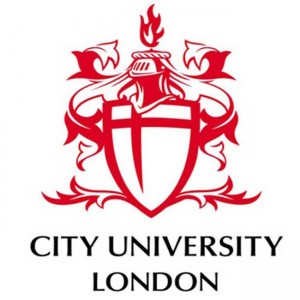 In recent years, the use of stem cell therapy has attracted much interest from researchers and clinicians. Similarly, patients are much more aware of stem cell therapy as development of specific treatments could potentially cure conditions which currently have no approved forms of treatment. Some ocular examples include retinitis pigmentosa and atrophic age-related macular degeneration.
In recent years, the use of stem cell therapy has attracted much interest from researchers and clinicians. Similarly, patients are much more aware of stem cell therapy as development of specific treatments could potentially cure conditions which currently have no approved forms of treatment. Some ocular examples include retinitis pigmentosa and atrophic age-related macular degeneration.
Previous stem cell studies have looked at accurately deriving reliable sources of stem cells and their suitability in transplantation. Additional studies have analysed various methods of transplantation, exploring their advantages and disadvantages. Current ocular stem cell therapy has now further developed with experimental data from animal models being used to initiate clinical trials in human patients. This review aims to determine how far ocular stem cell therapy has progressed, with particular emphasis placed on corneal and retinal disease.
Register now to continue reading
Thank you for visiting Optician Online. Register now to access up to 10 news and opinion articles a month.
Register
Already have an account? Sign in here

